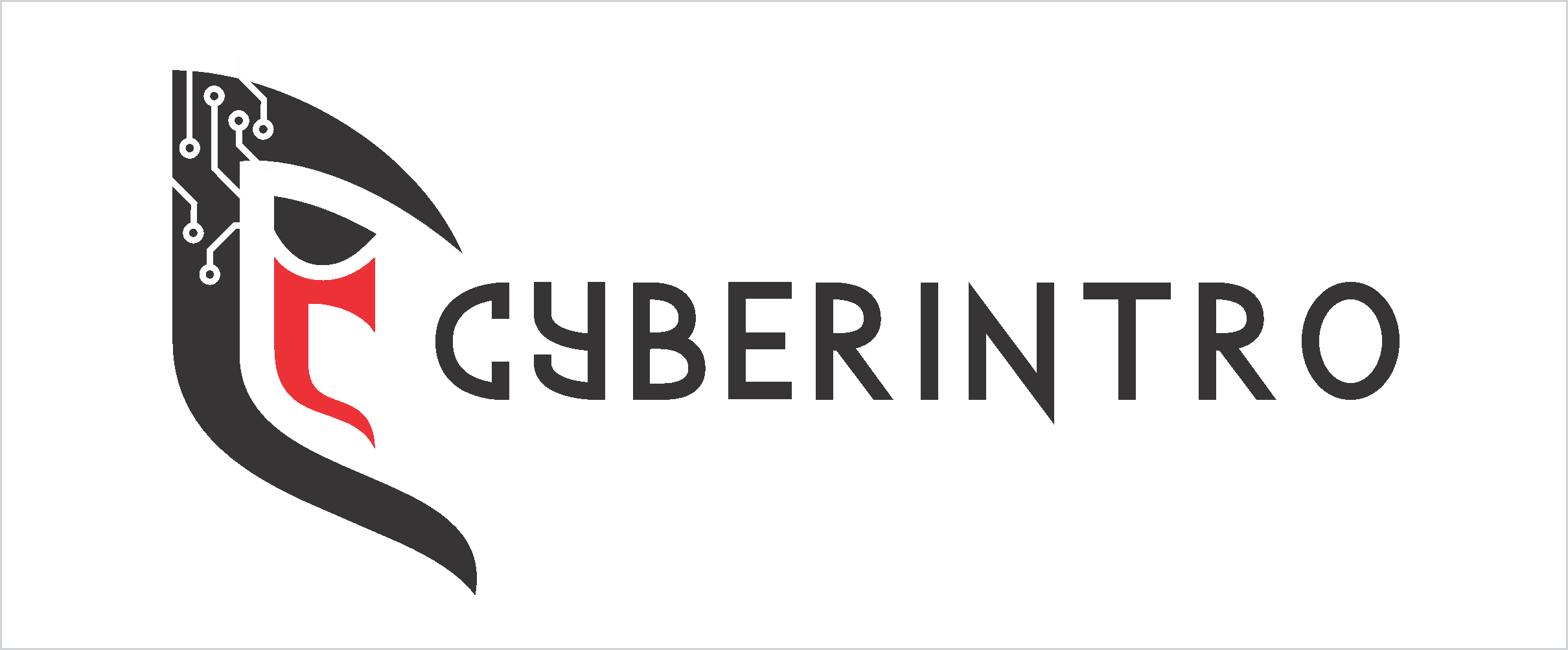News
Facebook plans to add this existing WhatsApp feature to Messenger soon

Facebook plans to add this WhatsApp feature after backlash on CEO Mark Zuckerberg’s mail:
Just like WhatsApp, Facebook planned to add this WhatsApp feature to Messenger may soon get the ‘unsent’ message feature to its users as well. The move has been taken by Facebook after it has been criticised so much for it’s Cambridge Analytica data breach case.
Facebook told in a statement, “We have discussed this feature several times. And people using our secret message feature in the encrypted version of Messenger have the ability to set a timer — and have their messages automatically deleted. We will now be making a broader delete message feature available. This may take some time. And until this feature is ready, we will no longer be deleting any executives’ messages. We should have done this sooner — and we’re sorry that we did not.”
The company also said that till the ‘Unsend’ feature is rolled out for everyone, Facebook will not be retracting any more of CEO Zuckerberg’s messages.
Facebook is facing one of the biggest scandals in its corporate history over the Cambridge Analytica data breach. The scandal has seen the company’s market valuation tumble by billions. It recently said that the data of some 87 million users was improperly used in the breach. The number is higher than what was earlier claimed.






